Getting an electric trolling motor for your inflatable raft or dinghy is a great upgrade. It makes boating fun for the family, and fishing trips much easier.
Choosing an engine to power your SIB can be very difficult though. A lot of motors have features that are appealing, but which ones do you actually need?
We’ve put together a thorough guide on everything you need to know about electric trolling motors to help you in deciding which one is perfect for your SIB.
Contents
Best Transom Mount Trolling Motors
First of all, let’s have a look at the products I can recommend to anybody looking for a strong, reliable motor.
There are 2 companies in 2024 that fit the bill, if you have experience with other manufacturers please leave them in a comment.

Newport Vessels manufactures a series of great-value electric motors. They are a reliable company, not a cheap far-east alternative.
This means that their motors are covered by a 2-year guarantee and are serviceable in case something goes wrong.

Minn Kota is another quality manufacturer of trolling motors. This is not a Far-Eastern company either. The name Minn Kota comes from MINNesota – Noth DaKOTA.
These motors come with a 2-year warranty, which just goes to show you that they are confident in the quality of their product.
Here are the basic transom-mounted electric motors these companies make, along with their specifications.
| Newport Vessels NV Series | Newport Vessels X Series | Minn Kota Endura | Minn Kota Endura Max | |
|---|---|---|---|---|
 |  |  |  |
|
| Power | 36 - 86lb thrust | 40- 55lb thrust | 30 - 55lb thrust | 40 - 55lb thrust |
| Speeds | 5 forward 3 reverse | 5 forward 3 reverse | 5 forward 3 reverse | Infinite Digital Maximizer |
| Shaft length | 30 - 36″ | 36″ | 30 - 42″ | 36 - 42″ |
| Weight | 20 - 25 lbs | 21 - 23 lbs | 20 - 23 lbs | 21 - 23 lbs |
| Battery meter | 5 point LED | 10 point LED | none | 5 point LED |
| Propeller | 3 blade | 3 blade | 3 blade | 3 blade |
| Handle/tiller | 6″ extension | 6″ extension & 30° tilt | 6″ extension | 6″ extension |
| Max amp draw | 34 - 52 amps | 34 - 52 amps | 34 - 52 amps | 34 - 52 amps |
| Water compatibility | Freshwater & seawater | Freshwater & seawater | Freshwater | Freshwater |
| Battery | One 12V deep cycle (2 for 86 lbs version) | One 12V deep cycle | One 12V deep cycle | One 12V deep cycle |
| Price check | Amazon | Amazon | Amazon | Amazon |
Don’t worry if you don’t understand the detailed specs just yet, I’ll go over what you need to be mindful of below.
Newport Vessels NV Series Trolling Motors
The NV series is the most popular transom-mount motor made by Newport Vessels. These electric motors are plastic-encased, which makes them light, thus easy to move around.

The NV series motors provide great value, as they have integrated things that are considered extras by other manufacturers.
Here are the common characteristics of NV series trolling motors:
- 5-point LED battery meter display, so you know when it’s time to head back to shore.
- Circuit breaker included as standard, which protects your motor from being ruined by electrical surges.
- Fiberglass composite shaft and propeller that will not break or bend if you hit rocks.
- Telescoping handle which comes out by 6 inches making it is easier to reach.
- Saltwater ready construction, which is an extra with other manufacturers.
- 2-year warranty for peace of mind.
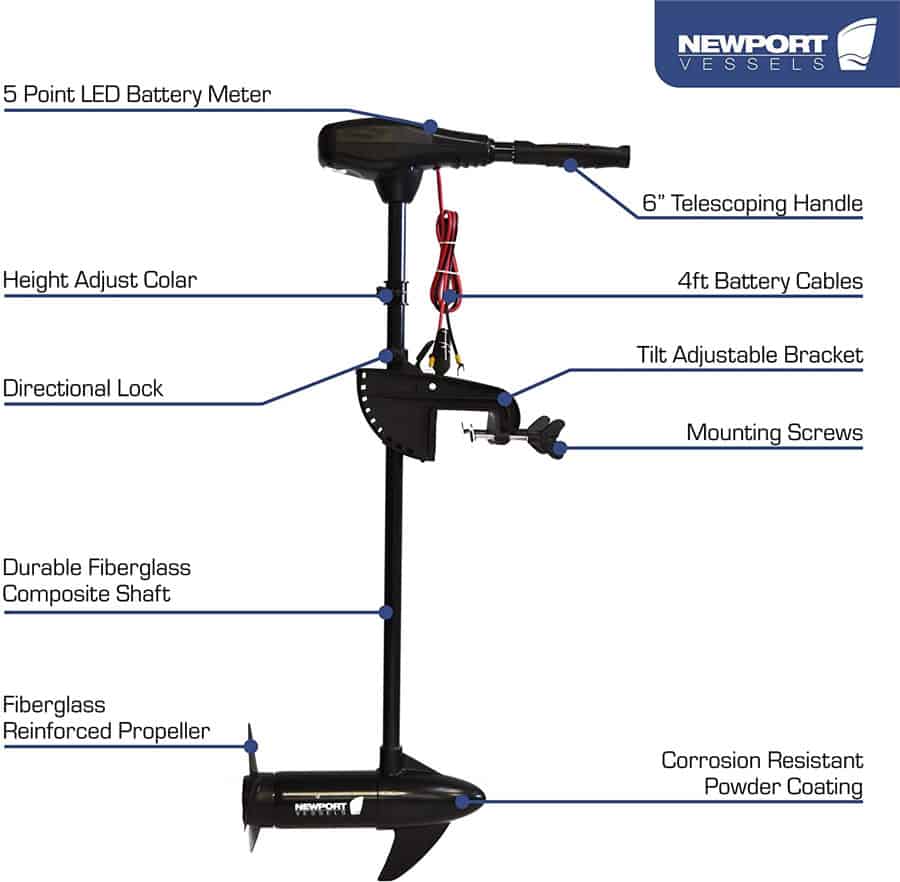
Depending on your needs, the NV series comes in 8 motor strengths. The shaft length varies by motor.
- 36 lb thrust – 30″ shaft
- 46 lb thrust – 30″ shaft
- 55 lb thrust – 30″ shaft
- 62 lb thrust – 36″ shaft
- 86 lb thrust – 36″ shaft
Note that the 86 lb version requires two 12V marine batteries to run. All other batteries are good to go with a single 12 V deep cycle battery.
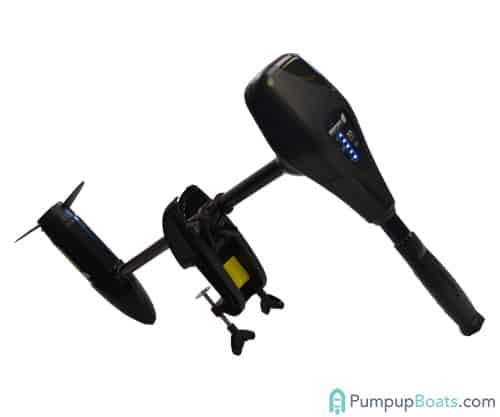
Newport Vessels NV Series

Great value trolling motors
Best Trolling Motor
The NV Series is dependable, full of value added features, has a 2-year warranty, and is priced well. What’s not to like?
Check today’s prices on:
Newport Vessels X-Series Trolling Motors
The X-Series is similar in almost every way to the NV series.
There are 2 major value added extras. Can you find them?
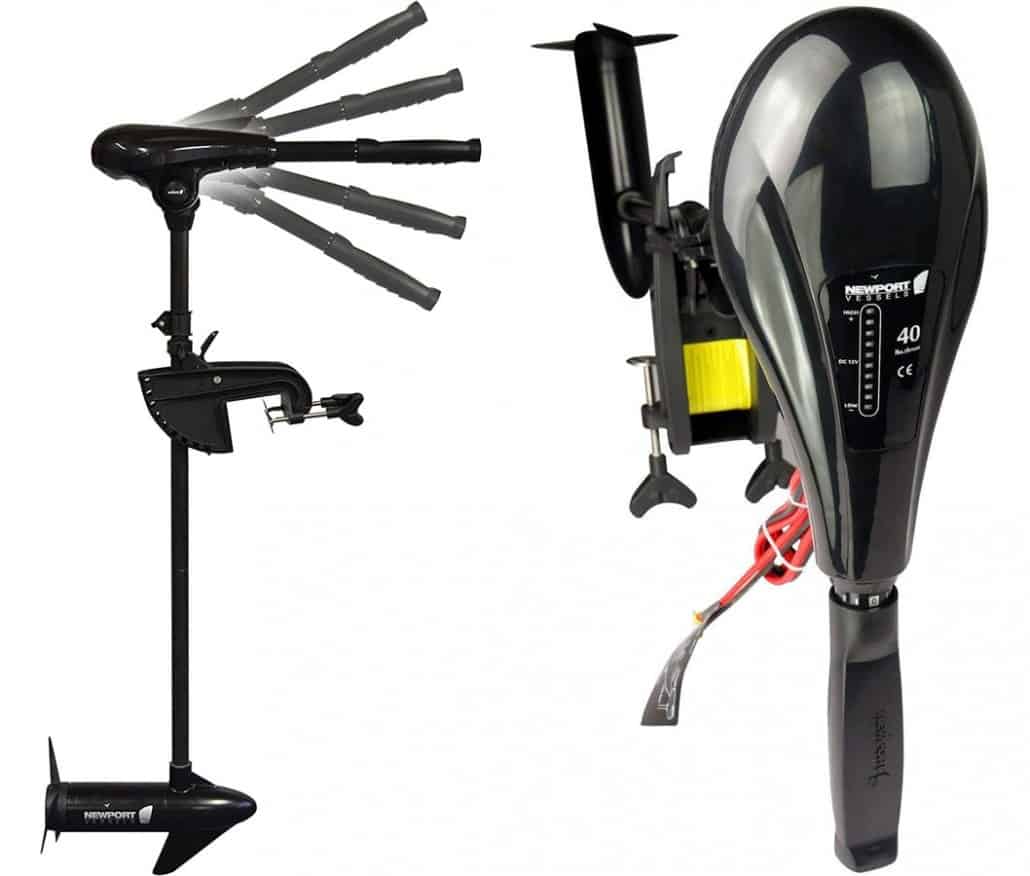
The X series vs the NV series has:
- A tilting head, which can go up/down 30°. This freedom to adjust the head and handle may make it more comfortable to hold.
- A 10-point battery meter, which provides more accuracy when gauging your battery levels.
Other than these features, the X is basically the same as the NV: saltwater rady, fiberglass shaft, circuit-breaker included, 2-year warranty.
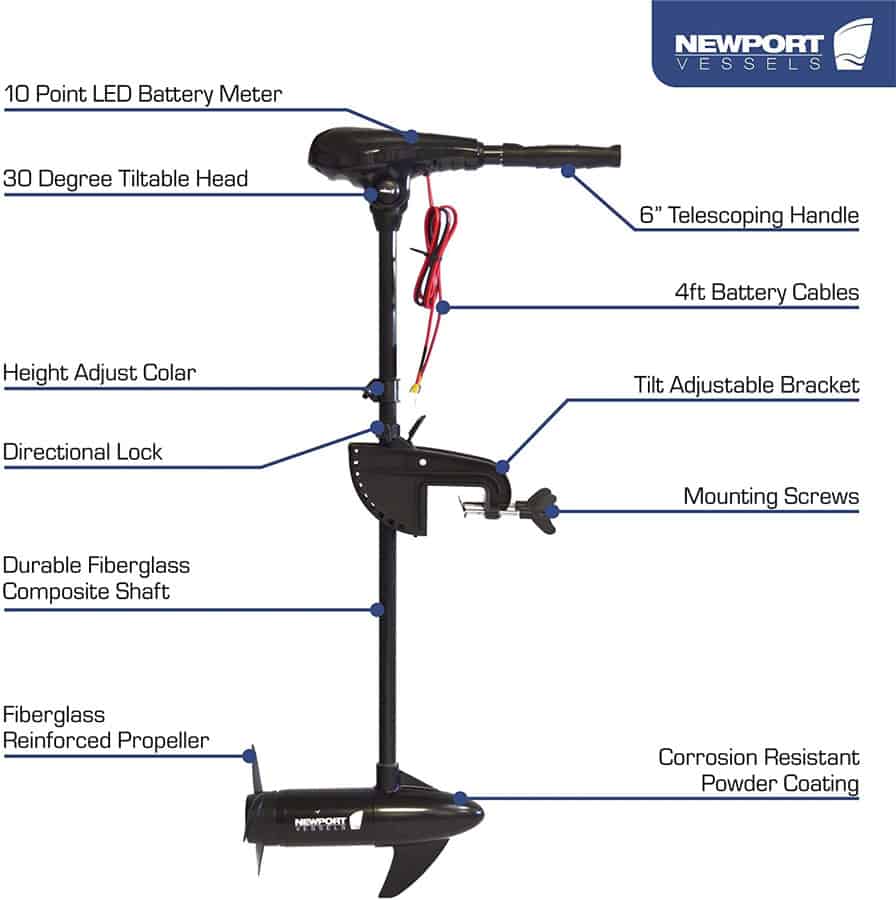
The X series has a smaller choice of thrust though. It is available in these variants:
- 40 lb thrust – 36″ shaft
- 55 lb thrust – 36″ shaft
Both variants need a single 12 V marine battery.
The extra features make this motor slightly more expensive than the NV series. If they are important to you, you should opt for this motor.
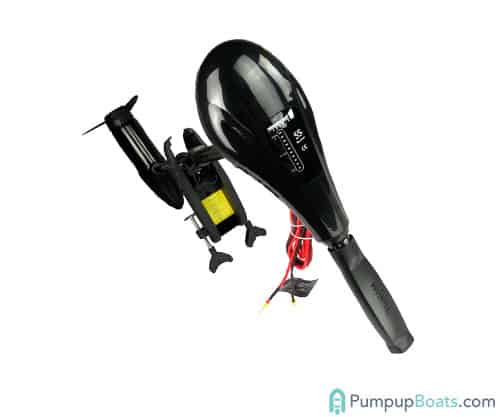
Newport Vessels X Series

Tilting head
Most features
This motor is very similar to the NV series. It includes a tilting head and 10-point battery meter as extras.
Check today’s prices on:
Minn Kota Endura Trolling Motors
The Minn Kota Endura C2 range consists of 6 motors with various maximum thrust ranging from 30 lbs to 55 lbs.
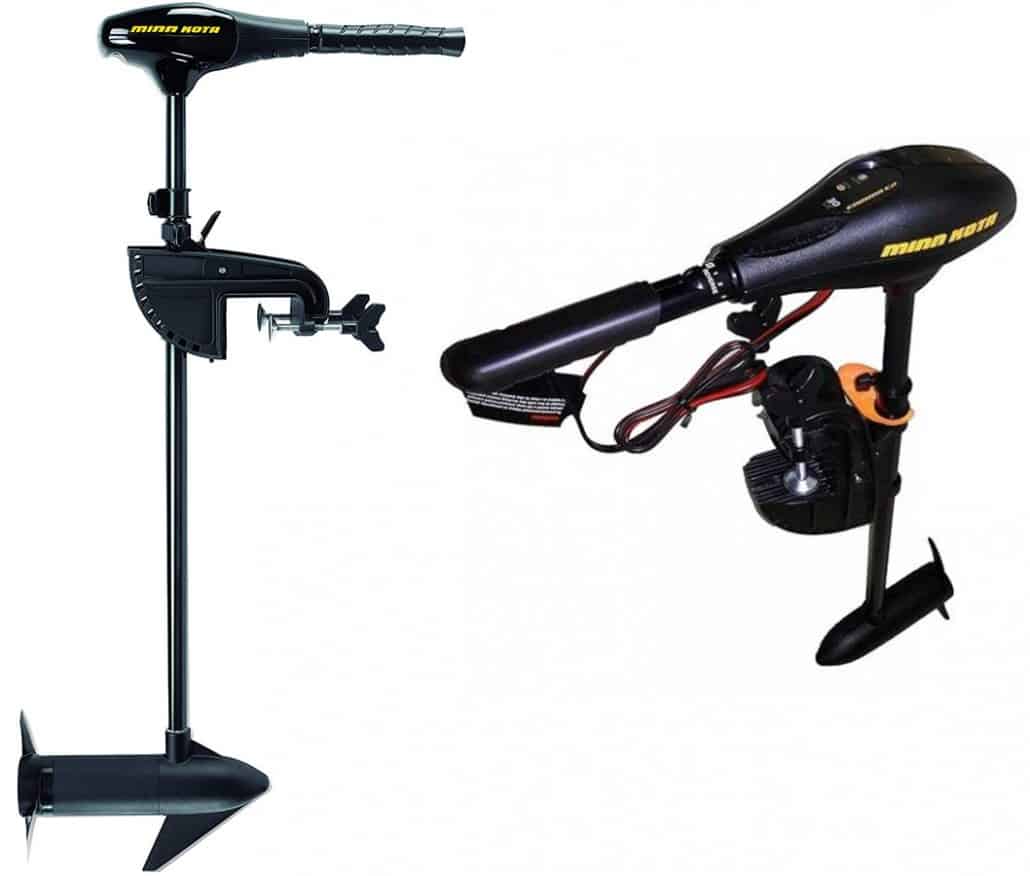
The Minn Kota Endura features a lever lock bracket that acts as a sturdy mount.
It also boasts a virtually indestructible composite fiberglass shaft of various lengths (30″, 36″, 42″). It is resistant to flexing, warping, rusting, and UV damage.
Minn Kota also has large windings that offer cooler operation and extended battery life.
This trolling motor has 5 forward speeds and 3 reverse speeds. The handle has a tilt twist tiller telescopic design that provides the ultimate hands-on control for speed and steering.
These motors require a 12-volt battery.
The 3 negatives between the Minn Kota Endura vs Newport Series are that:
- Minn Kota Endura is intended for freshwater use (no saltwater)
- Minn Kota Endura doesn’t have a built-in battery meter
- With Minn Kota Endura, you need to buy a circuit breaker (comes included with Newport Vessels)
Can you use Minn Kota Endura motors in saltwater though? I think if you can rinse the motor with fresh water after each saltwater use, you’ll be fine. Try at your own risk though, as it is not recommended by the manufacturer and voids the warranty.
Many people swear by Minn Kota, but in this category of transom mount trolling motors, I think Newport Vessels is a better option. Minn Kota is more at home in the high-end bow-mount trolling motor segment.
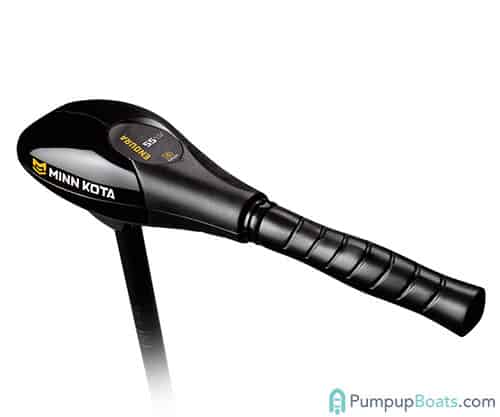
Minn Kota Endura

Dependable motor
If you intend on using the motor in fresh-water only, the Minn Kota Endura may be a good choice.
Check today’s prices on:
Minn Kota Endura Max Trolling Motors
The Endura Max is a better motor than the normal Endura with 2 major value added features:
- Built-in battery meter
- Minn Kota’s Digital Maximizer technology which allows for longer running at slow-mid speeds. This is a nice feature for fisherman, here is an article about how the Digital Maximizer works.
Understandably the Endura Max line is a bit more expensive than the standard Endura range.
Unfortunately, this line of Minn Kota motors is not saltwater safe either. Just FYI, they do make salt-water safe transom mount motors, called they Minn Kota Riptide. But they cost 2x more, so not worth it over a Newport Vessels NV.

Minn Kota Endura Max

For freshwater fisherman
A longer running version of the Endura motor, good for slow trolling fisherman.
Check today’s prices on:
Trolling Motor Specs Explained
If you are new to the world of electric motors, you may have a few questions about what the specifications actually mean.
What is shaft length and how long should it be?
The shaft length of a trillong motor is just that: the length of the shaft joining the propeller and the head of the motor.
How long the shaft length should be?
Long enough to immerse the propeller 6 inches into the water while you can still comfortably control the tiller.
If the shaft is too long and the propeller is down too deep, you will have control issues and possibly flip your boat over. Conversely, if the shaft is too short, the propeller will not be fully immersed in the water when running.
Most trolling motors will enable you to tweak the length of the shaft using a height adjust collar. This allows you to lower or raise the motor at will, depending on your vessel and water conditions.
Here is a general guide on the correct shaft length.
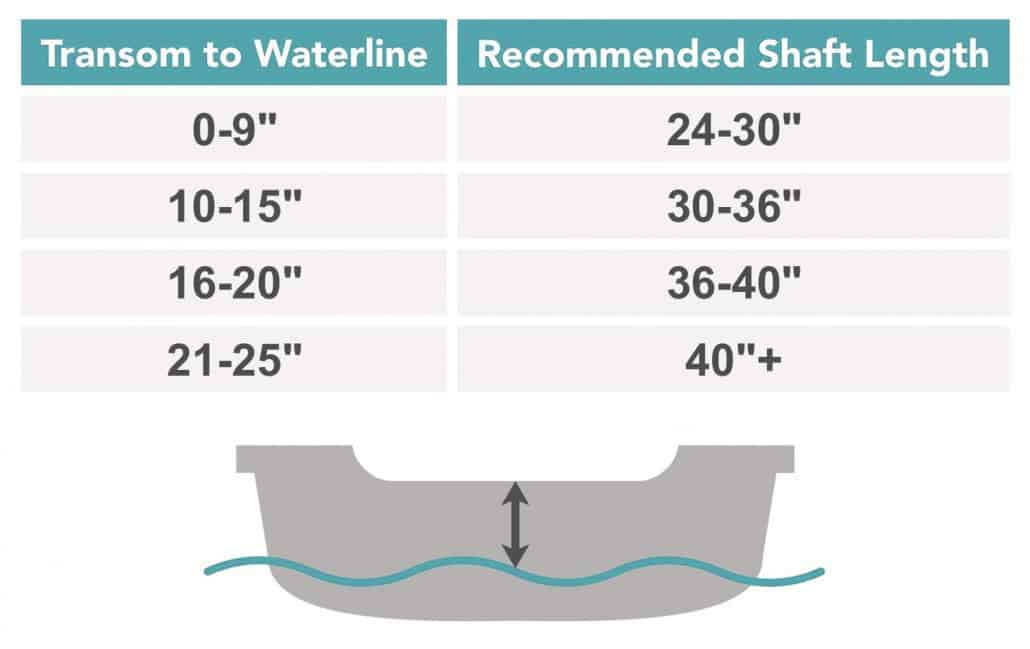
What is trolling motor thrust and how much do I need?
Strength in trolling motors is measured by the amount of thrust they are able to generate. The more thrust coming from the motor, the stronger it can push the boat forward.
However, this does not translate directly into speed.
How fast can an electric trolling motor move an inflatable boat?
Electric trolling motors can propel an inflatable boat at around 5 MPH maximum, not faster.
The speed you can reach is not linear to the thrust of the trolling motor, or the number of trolling motors you have mounted on a boat. So for example, mounting two 55 lbs motors will not move your boat 2x as fast. Nor will an 86 lbs thrust motor move your boat 1.5x faster than a 55 lbs one.
There is a considerable price increase with electric motors though. An 86 lbs one will cost much more than 55 lbs one, and it will require two 12v batteries to run.
When do you need a motor with 86+ lbs thrust?
The only reason to get a really strong trolling motor is if you have a larger boat or big payloads.
Save your money if you have a smaller boat and not much gear.
Small motors are too weak though
I would not recommend getting a motor with less than 50 lbs thrust.
The reason is that a small 30 lbs motor is not able to propel 2 people against wind. Even a 50 may struggle if you have 2 people + a considerable payload.
When you’re out on a larger lake, wind can pick up in an instant. If you’re far from shore, you will have real problems with a small motor.
What does transom mount mean?
The transom is the back part of your boat, which runs vertically to the water.
Transom-mount motors clamp on to the back of watercraft like inflatable boats, kayaks and smaller boats. They are easy to set up and move around.
You may also hear the term bow-mounted trolling motor. Those motors are mounted at the front of larger boats requiring that a plate be drilled on the bow of the boat.
Do I need a battery indicator?
Imagine going out fishing or just boating with your family. You’re having fun, pretty far from shore, and all of a sudden your motor stops.
Oh no, the battery went dead… Time to paddle back to shore.
Knowing the charge level of the battery can save you a lot of trouble.
Some trolling motors have built-in battery indicators. If yours does not, get a battery box that shows the battery charge.
How long will an electric motor run?
When a trolling motor is used, it drains battery power. The amount of battery power drained is determined by the thrust it is generating.
This means that the more thrust you are applying, the shorter your battery will last. This is evident.
To calculate exactly how long your battery will run your electric motor, you need to know:
- your motor’s amperage draw,
- your battery’s amperage hour (Ah) rating. Ah is the amount of current the battery can supply for a certain period of time.
To understand amperage hour (Ah), let’s look at an example. A 100 Ah battery is one that would be able to supply 50 amps of power for 2 hours, or alternatively, 25 amps for 4 hours. Or all 100 amps in 1 hour.
If you know how many amps your electric motor draws at a given speed setting, and you know your battery’s Ah, you can quickly calculate how long the battery will run the motor.
Choosing a battery for your trolling motor
If you want to get into the details of batteries, have a look at my article on marine batteries for trolling motors.
If you just want my top pics, here they are.
Here are various batteries of differing amp hours that I can recommend for your trolling motors. They are all AGM marine batteries, meaning they won’t short if they get wet. Useful feature out on the water 😉
35AH – DCM0035 Interstate Marine Battery
Power: 12 V 35 AH
Size (Lx W x H): 7.68 x 5.16 x 6.14
Weight: 23 lbs
This sealed AGM battery by Interstate has 35 AH. It comes with a detachable handle.
The low AH of 35 means you should only use this battery with low power trolling motors of around 30 lbs thrust..
It also has a battery charge indicator represented by 3 lights that glow when connected to a charger. It is best used with a trolling power center and a portable battery charger.
55AH – Mighty Max Trolling Motor Battery
Power: 12 V 55 AH
Size (L x W x H): 7.68 x 5.16 x 7.13 inches
Weight: 38 lbs
This battery is a sealed deep cycle AMG battery with 55 AH. The carrying handle is integrated into the body, you just need to flip it upwards.
It can be mounted in any position and has 1-year warranty.
100AH – VMAX MR127 Trolling Motor Battery
Power: 12 V 100 AH
Size (L x W x H): 7.7 x 5 x 6.1 inches
Weight: 65 lbs
VMAX features a sealed AGM deep cycle battery with 100 AH. Its handle is also integrated into the body.
It is a high-performing and trust-worthy battery. The only downside is that it’s a little expensive compared to other batteries.
This is a group 27 battery, meaning it fits perfectly into the MinnKota power center.
Regardless of which battery you get, here are the most impőortant trolling motor battery maintenance tips:
- Keep your battery in full charge while in storage.
- Make sure your battery is not drained of power when disconnecting it from the motor.
- To clean corroded battery terminals, use baking soda and water.
- Coat battery terminals with petroleum jelly after cleaning to prevent it from corroding.
- Do not expose your battery to cold temperatures. Store it away especially during the winter season.
Do you need a power center (battery box) on your boat?
Inflatable boats do not have a dedicated battery compartment, and having an exposed battery in your boat out on open water is not a good idea (even though AGM batteries can get wet without any problems arising).
This is why they invented the battery box, also known as the power station, power center.
The role of the battery box has developed over the years to provide safety and comfort out on the water. The best power stations have:
- Visual battery meters
- External battery ports, so you can connect your battery to the motor or the charger without opening the box
- Integrated circuit breakers to protect your motor from electrical damage
- 12V port for any accessories you have
My main battery box is this MinnKota power center. It has worked well for the last 3 years without any issues.
Here is a review of it:
I used to have this power station by Newport Vessels, but it just stopped working after a few months. It comes with a 24-month warranty, so I just returned it. First the battery meter, then the USB charger, then the whole thing. It’s a shame, as the MinnKota doesn’t have the USB charger. Maybe mine was a dud, since looking at Amazon, it has 4 stars out of 5, so most people like it.
Do you absolutely need a power station to go boating? No. Nothing will happen to AGM marine batteries if they get moderately wet.
Battery Chargers
Proper charging is the single most important way to lengthen the life of your battery. Here is an article I wrote just on the topic of how to charge a trolling motor battery.
There are several types of chargers you can use to charge your batteries and to keep them charged when not in use.
- On-board chargers – This type of charger has to be connected to a battery even when it’s not charging. It also needs to be linked to an AC Power Source to charge. It can be further classified into three types:
- Precision chargers – It is a standard on-board charger that has the fastest charging time.
- Digital control chargers – This charger is similarly designed to a precision charger, but has less power than one.
- DC alternator chargers – This type of charger allows it to draw power from boat’s alternator aside from the usual AC power source.
- Portable Chargers – Unlike on-board chargers, this type of charger is lightweight and only requires to be attached to a battery when in need of a charge. You can quickly remove it once the battery is full.
If you only have an inflatable boat battery to be charged, you just need a portable charger. On-board chargers are built into traditional boats.
Before you buy a charger, there are a few things you need to be mindful of.
- Bank Capacity – Bank capacity refers to the number of batteries that the charger can power. A single bank will only have enough to power up one battery; a double bank will have enough power to charge two batteries, and so on and so forth.
- Amperage – This refers to the time a charger can fully charge a battery. A charger with 15 amps offers the fastest charging time, while 5 amp-chargers are the slowest.
Here is a guide of how long the charging time is per designated charger amperage:
- 15 amps = 3 to 5 hours charging time
- 10 amps = 4 to 6 hours charging time
- 5 amps = 10 to 12 hours charging time
Here are a few great chargers.
Ampeak 2/5/15A 12v smart charger
This nifty device can charge your boat’s battery pretty quickly, thanks to its 15 amp charging rate.
But what I really like about it are the smart features:
- winter charging
- LCD display
- 6 step charging program for optimization of battery power
The downside is that it only has 1 bank, so if you have more than 1 battery to charge, this might not be ideal.
Minn Kota MK 110PD 12v 10A
This portable charger is a bit simpler, but will do the job just fine.
This is a pretty smart charger as well. It has:
- automatic temperature compensation
- microprocessor-based control
- LED indicators to inform you of the charge state
- automatically controls the voltage and current
This charger also has a 5 amp version, the MK 105PD.
NOCO Genius Pro 25
If you have a larger thrust motor, you will probably have a 24v battery. This charger can handle it.
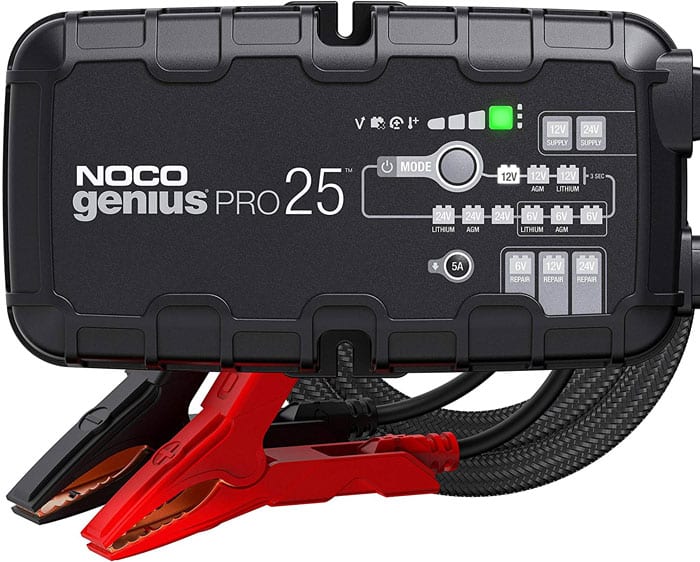
The NOCO Genius Pro comes in several amp output versions: 25 or 50 amps. Both have 6, 12, or 24V charging capability.
This is a very high-quality charger. It comes with a 3-year warranty and has a multitude of advanced features:
- totally automated battery maintenance
- optimized charging
- can be used with 6V, 12V, or 24V batteries
All 3 of the chargers above are good choices.
Maintenance of Electric Trolling Motors
To keep your electric motor running as long as possible, you need to take good care of it.
Here are a few tips on how to get the most out of your motor and battery.
Electric trolling motor maintenance tips:
- Rinse trolling motor with water after every use, especially saltwater trolling motors.
- Inspect your propeller after each use. Debris and seaweed can sometimes get stuck on it and will need to be removed.
- Routinely clean and lubricate the composite shaft. Consider lubricating any exposed metal parts of your motor as well. This can help prevent corrosion, especially in saltwater trolling motors.


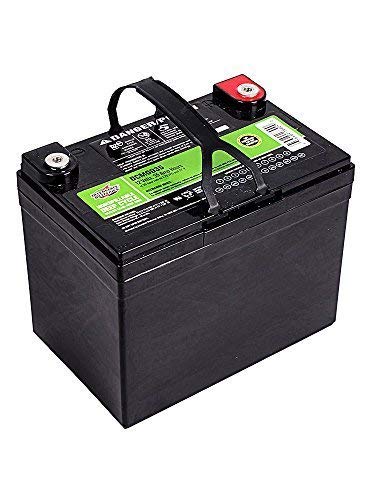
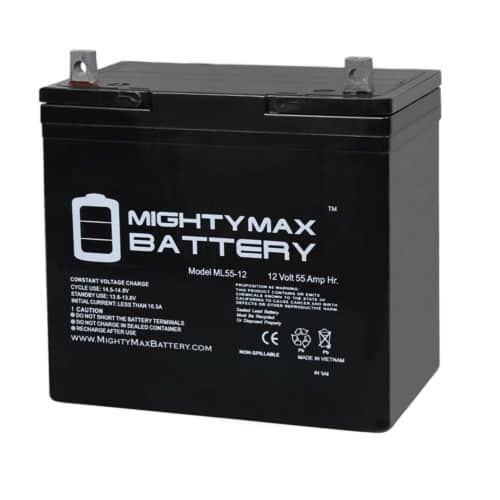
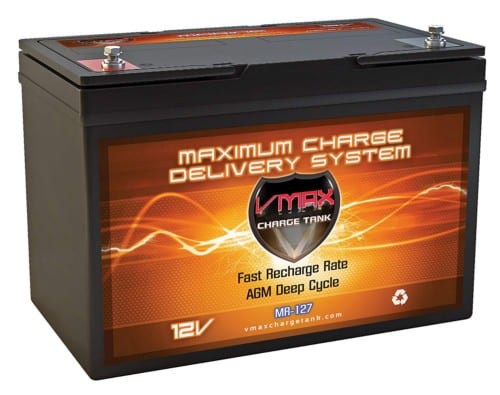
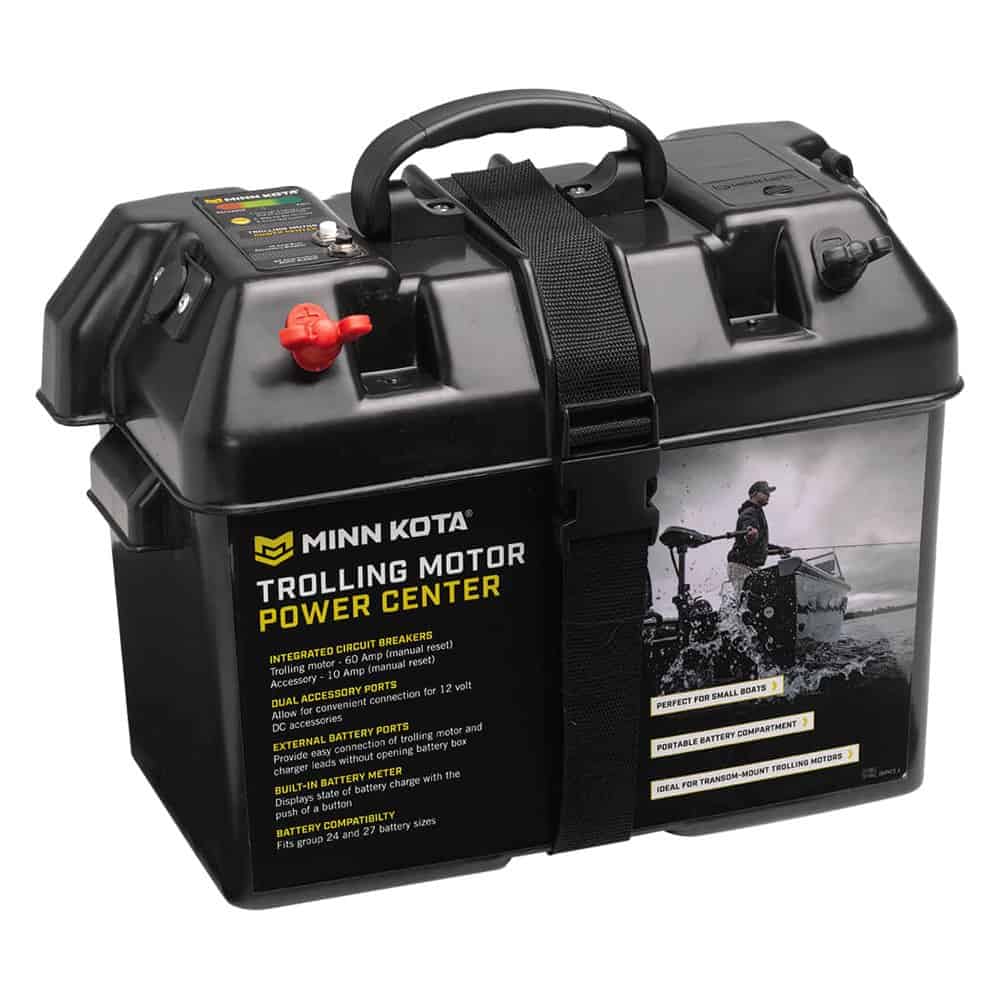
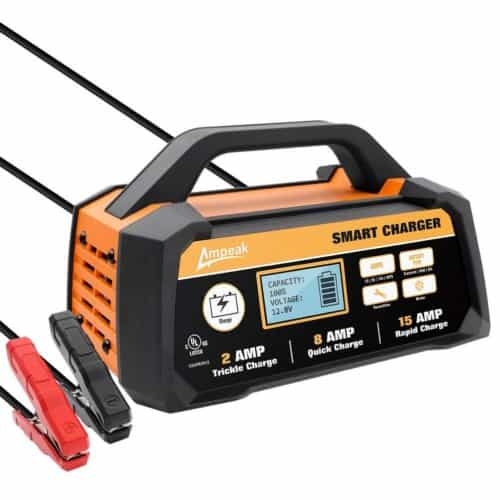
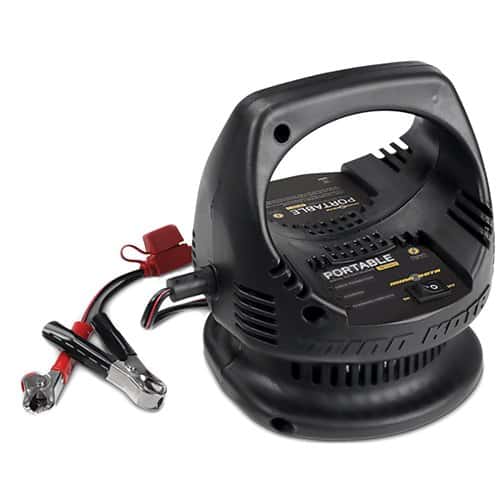
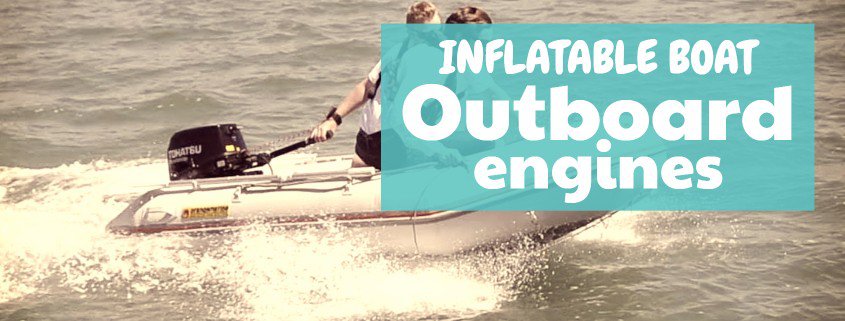
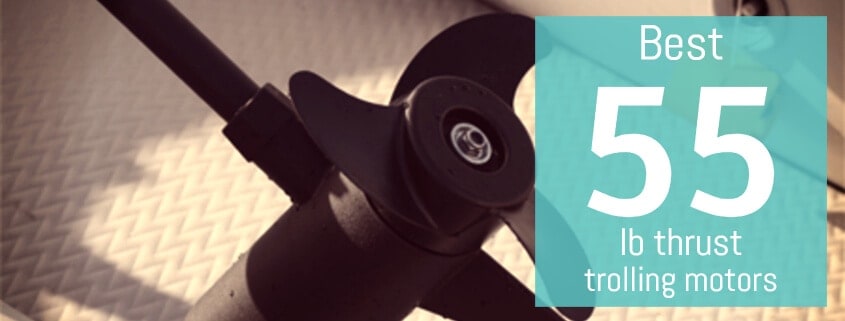

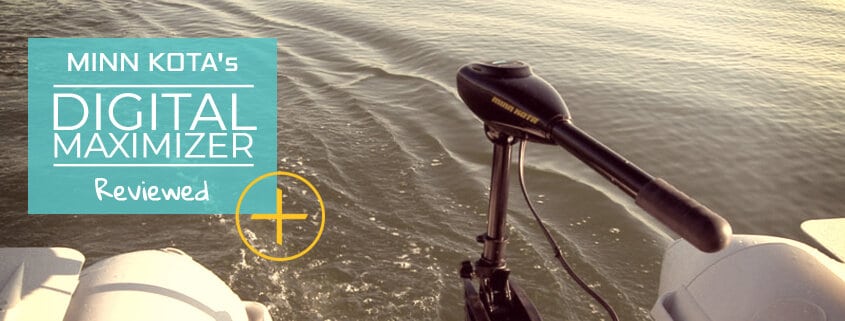
hi Tom- Im interested in putting a trolling motor onto the Sea Eagle Fold Cat 375FC on the bow of the boat on the port side. is that doable?
Hi Marc, well, I guess you could build a transom onto the 1st crossboard and use a low-power electric motor, but where would you place the battery? I would just stick with the normal transom at the stern.
Hi
I have an Excursion 5 with a 40 pounds trolling motor, with a VMAX XTR31-135 AGM battery.
I was thinking about getting a solar panel with a controller to maintain the battery if I go camping for a week (without electricity). What would you recommend as solar panel specs in such case? And I’d like to know if you have good arguments to say it’s not a good idea.
Hi Dominic, sorry but I can’t help since I’ve never done this. It’s an interesting idea though! If you end up doing it, I would love to hear about it.
Hi Tom, I recently purchased a Sea Eagle 420X Explorer kayak. I am looking for a trolling motor to use in both fresh and saltwater. I am really interested in this Newport 36lb thrust motor. Sea Eagle states a max. limit of 34 lb thrust and 15 lb weight for motors. Do you see any issues with stretching the limit to 36 lb thrust and motor weight of 19 lbs? I am having a hard time locating a good motor for saltwater use that meets this requirement other than Watersnake brand which I see mixed reviews on.
Hi Chris, the reason they have such limitations is because kayak motors are mounted on the side of the vessel, not in the rear. So if the motor is too strong it would spin the kayak, and if it’s too heavy, it would tip to one side.
The differences you state are marginal though, I seriously doubt there would be a problem.
If you find the kayak to tip towards the motor side, just attach something to the other side of the motor mount to even the weight out. You could simply place the battery in a battery box right onto the cross motor mount, and position it so that it balances the entire weight of the motor.
Hi Tom, I have a 15′ inflatable raft and we generally have 3-6 passengers on board. Would you consider this to be one of those larger boats that would require >55 lb. thrust?
Hi, yes definitely, I would suggest you get the largest 12v motor you can.